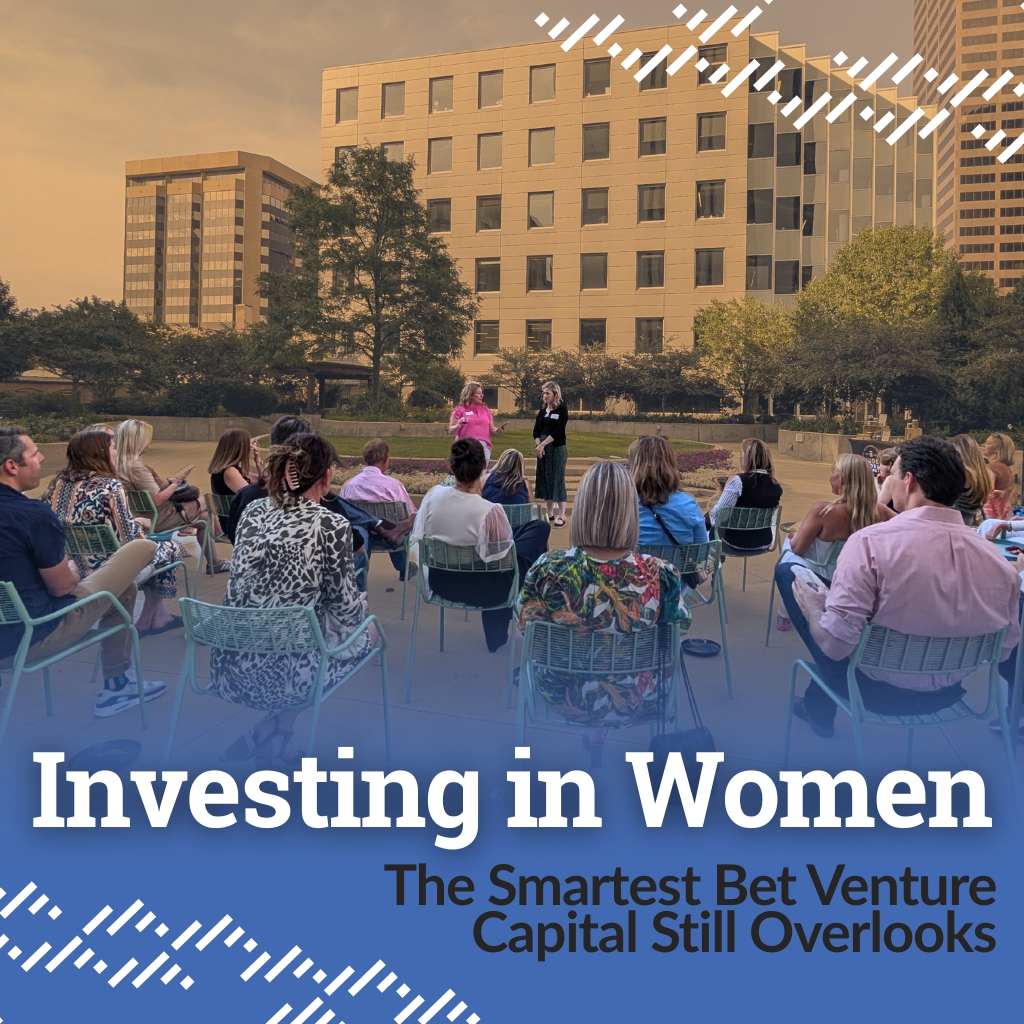
It’s a well-known fact that women receive far less venture capital than men. What is less known—and far more surprising—is that women-led companies actually produce better returns on investment. According to research by the Boston Consulting Group (BCG) in partnership with MassChallenge, women-founded startups deliver more than twice the revenue per dollar invested than those founded by men. Yet the gap in funding remains staggering: the average woman-founded startup raises less than half the capital of its male-led counterparts.
One might imagine that rational investors would respond swiftly to such data, directing more capital toward the higher-return segment. Yet the imbalance persists year after year. The problem is structural, cultural, and self-perpetuating—and the solution requires more than simply writing a few more checks to women founders.
The Numbers Don’t Lie
BCG’s analysis of over 350 startups accelerated through MassChallenge programs revealed a stark funding gap. Companies founded or co-founded by women received an average of $935,000 in investment, compared with $2.1 million for male-founded startups. Despite this, women-led ventures generated 10 percent more cumulative revenue over five years—$730,000 compared with $662,000.
The most important statistic, however, lies in efficiency: for every dollar of funding, women-led startups generated 78 cents of revenue, while male-led startups generated just 31 cents

In other words, women create more than twice the value per invested dollar.
At Rockies Venture Club (RVC) and the Rockies Venture Fund, we’ve observed the same paradox. Women founders consistently deliver disciplined financial performance and capital efficiency. And yet, despite years of programs, accelerator cohorts, and outreach efforts to attract women founders, the overall pipeline remains thin.
The Deal Flow Dilemma
In venture investing, volume matters. At RVC we review more than one hundred opportunities for every investment we make. If only 10 percent of applicants are women, it takes roughly 1,000 applications to find one fundable deal. While our current portfolio includes about 20 percent women-led companies—twice the national average—that number is the result of intentional prioritization. We host women-focused pitch events, proactively seek out women founders, and balance our selection committees with experienced women investors.
.jpg)
The industry’s challenge is not merely about equity in funding—it’s about pipeline development. Too few women reach the starting line.
Starting Early: Building Confidence and Capability
To close the gap, we must start earlier in the talent cycle. At RVC we’ve long believed that entrepreneurial mindset training should begin in adolescence. Our BizGirls program, for instance, empowered high-school-aged girls to design and run e-commerce ventures based on ideas they were passionate about. Participants built real websites, sold to real customers (not just family and friends), and experienced first-hand the rewards of leading a business.
The program was designed not just to teach business skills but to reshape identity—helping young women see themselves as capable leaders and innovators. If similar programs existed nationwide, the future deal flow of women-led startups would look very different.
Realism vs. Exuberance
Another dynamic behind the funding gap lies in how men and women pitch. Studies and anecdotal evidence align: male founders tend to overstate projections, while women more often offer realistic estimates. Venture capitalists—especially those guided by “power-law” portfolio logic—tend to reward boldness, sometimes confusing confidence with capability.
This behavior creates a feedback loop. Men who overpitch attract more capital, even if they later miss projections, while women who present sober, data-driven plans may be perceived as “less ambitious.”
At RVC, our analysis focuses on achievability and return ratios, not on hyper-growth narratives. We look at revenue projections, capital requirements, and dilution across realistic exit scenarios—three, five, and seven years out. If the numbers make sense in each case, we invest.
For example, a recent woman-led opportunity we reviewed projected a 6.4× return in three years, yielding an 87.9 percent internal rate of return (IRR)—a better outcome than many “unicorn-or-bust” deals that take twice as long to exit. These are exactly the types of disciplined, high-yield opportunities that should attract capital but too often go overlooked.
Why Investors Miss the Opportunity
According to BCG’s interviews with founders and investors, three primary factors drive the disparity
Boston Consulting Group Mass Ch…
:
- Bias during pitches. Women are more often asked to prove their technical competence or to justify their expertise, particularly when pitching alongside male co-founders.
- Under-asking. Men tend to overpitch and ask for larger sums, while women are more conservative in both their assumptions and their requests.
- Industry familiarity. With 92 percent of venture partners being men, products that target female consumers—childcare, beauty, wellness—are often misunderstood or undervalued.
These biases aren’t always overt, but they compound into systematic underinvestment in high-potential women-led companies.
Creating Systemic Change
BCG’s recommendations for stakeholders are aligned with what we’ve found works in practice:
- Investors must recognize that women-led startups deliver stronger capital efficiency and lower failure risk. Bringing more women into investment decision-making teams broadens perspective and helps overcome affinity bias—the tendency to invest in people who look and think like oneself.
- Accelerators and incubators should actively recruit women founders, ensure representation among mentors, and provide specialized education on venture finance. Programs such as MassChallenge’s Women Founders Network demonstrate how targeted support can help women pitch more confidently and raise at parity.
- Women founders can also adapt strategically within the current system: by asking for larger raises when warranted, articulating their market potential with conviction, and emphasizing traction and scalability without downplaying realism.
The Market Advantage of Investing in Women
For investors seeking both return and diversification, the current imbalance represents an extraordinary opportunity. The lack of competition for women-founded deals means valuations are often more attractive, while data show that outcomes are stronger.
The pool of women-focused funds is growing—nearly fifty globally, representing just over $1 billion under management—but that’s a drop in the ocean compared with the $200 billion-plus U.S. venture market
Boston Consulting Group Mass Ch…
. Early entrants into this space stand to benefit not only financially but reputationally, positioning themselves as leaders in inclusive capitalism and data-driven investing.
Practical Steps to Bridge the Gap
Here are five actionable strategies we recommend for investors, accelerators, and the broader ecosystem:
- Start early. Support entrepreneurial education for girls and young women to expand the long-term founder pipeline.
- Prioritize women-led companies. Proactively seek, recruit, and fund women founders. Ensure women serve on screening and investment committees.
- Educate and empower. Provide startup finance and fundraising education specifically for women, demystifying venture capital language and expectations.
- Encourage scale. Teach women entrepreneurs that raising more capital—when justified by market opportunity—is often essential, not risky. There are investors for every deal size.
- Measure and share results. Track portfolio diversity metrics and outcomes. Transparency attracts aligned capital and builds trust.
.jpg)
A Call to Rational Investing
The evidence is clear: investing in women is not charity—it’s smart business. Women-led startups outperform on efficiency, prudence, and adaptability. As macroeconomic uncertainty grows and venture markets tighten, disciplined capital allocation becomes even more critical.
Investors who ignore half the population are not only perpetuating inequality—they’re leaving money on the table. Those who act now, with data-driven conviction and long-term perspective, will build the next generation of resilient, high-performing portfolios.






.jpg)



